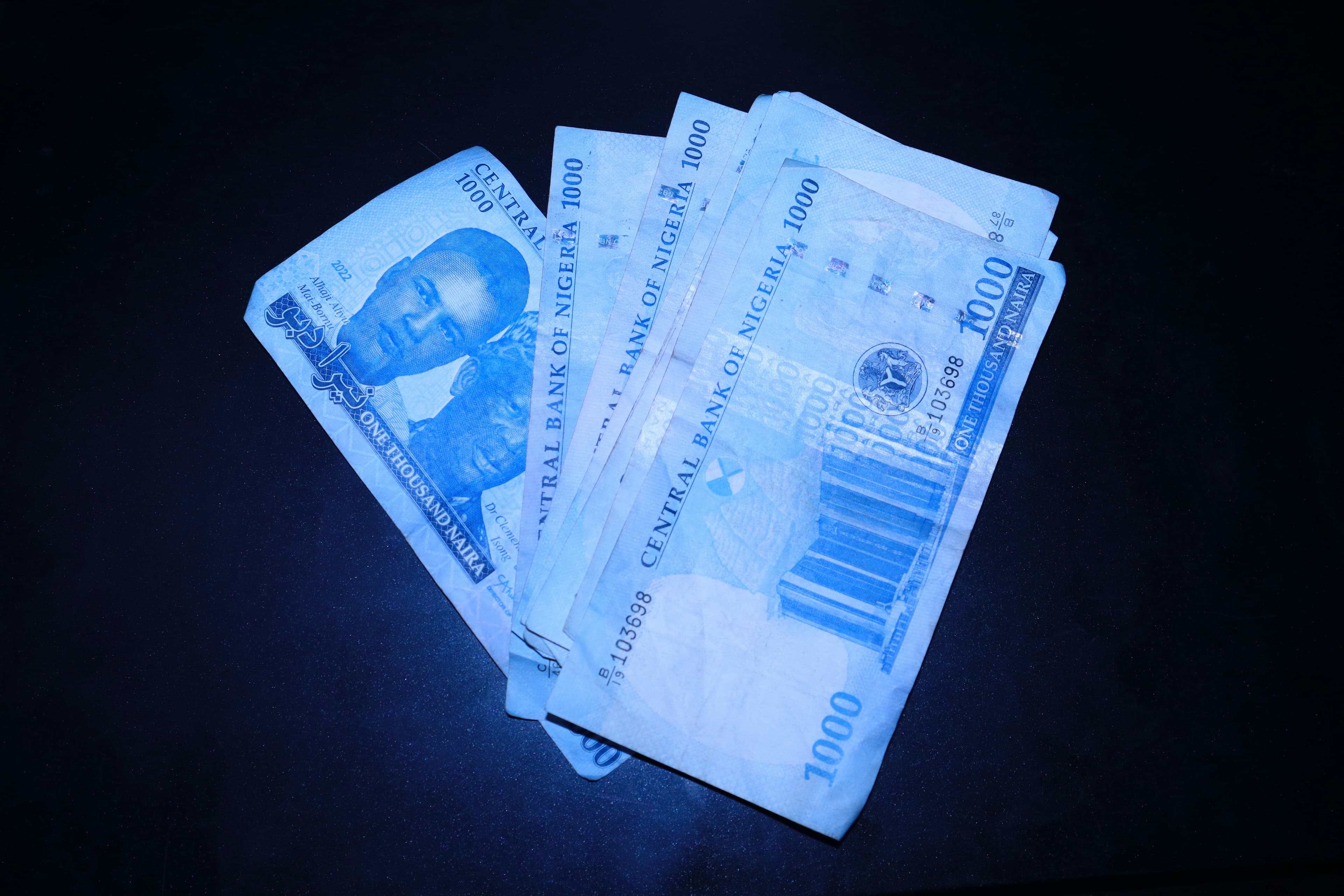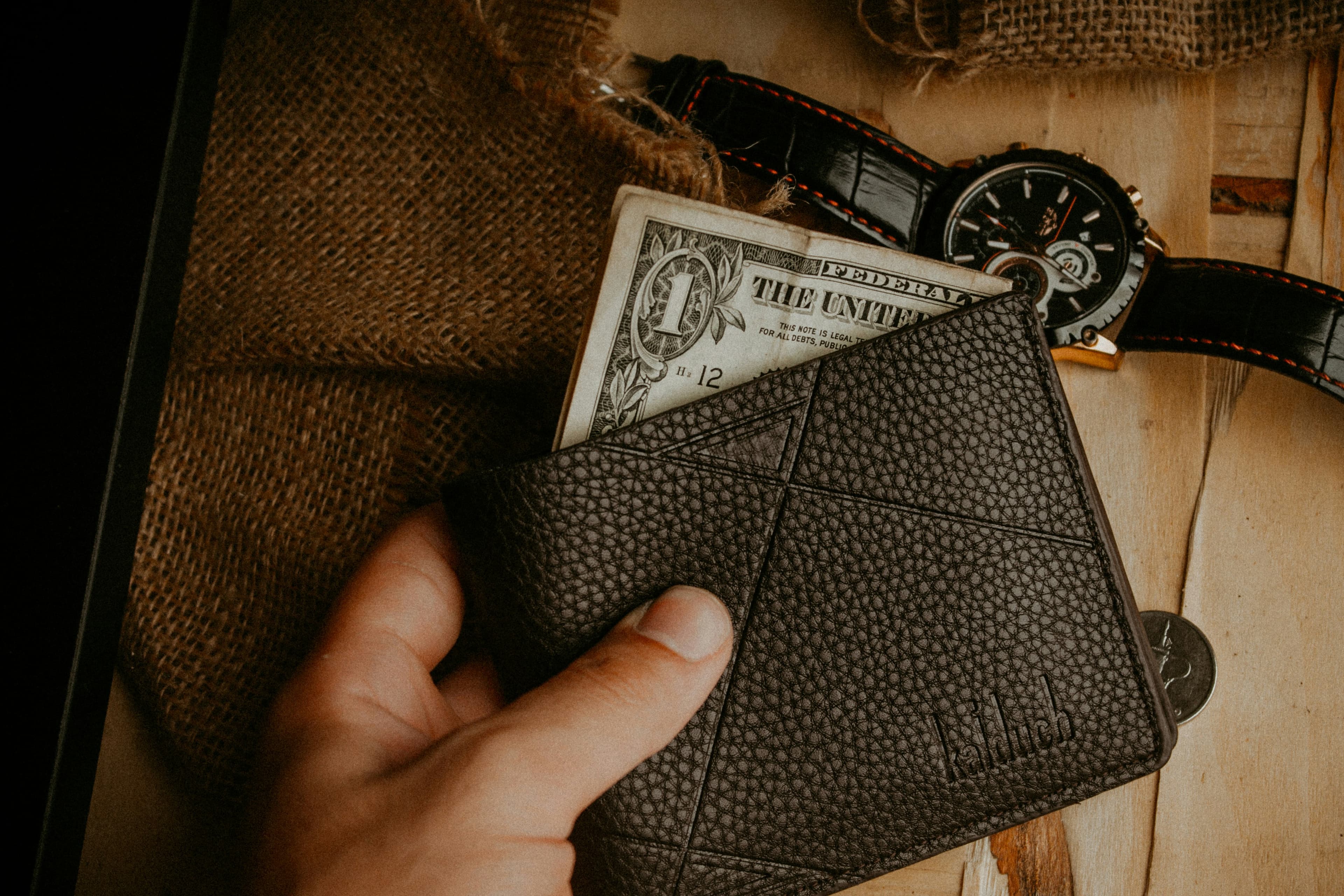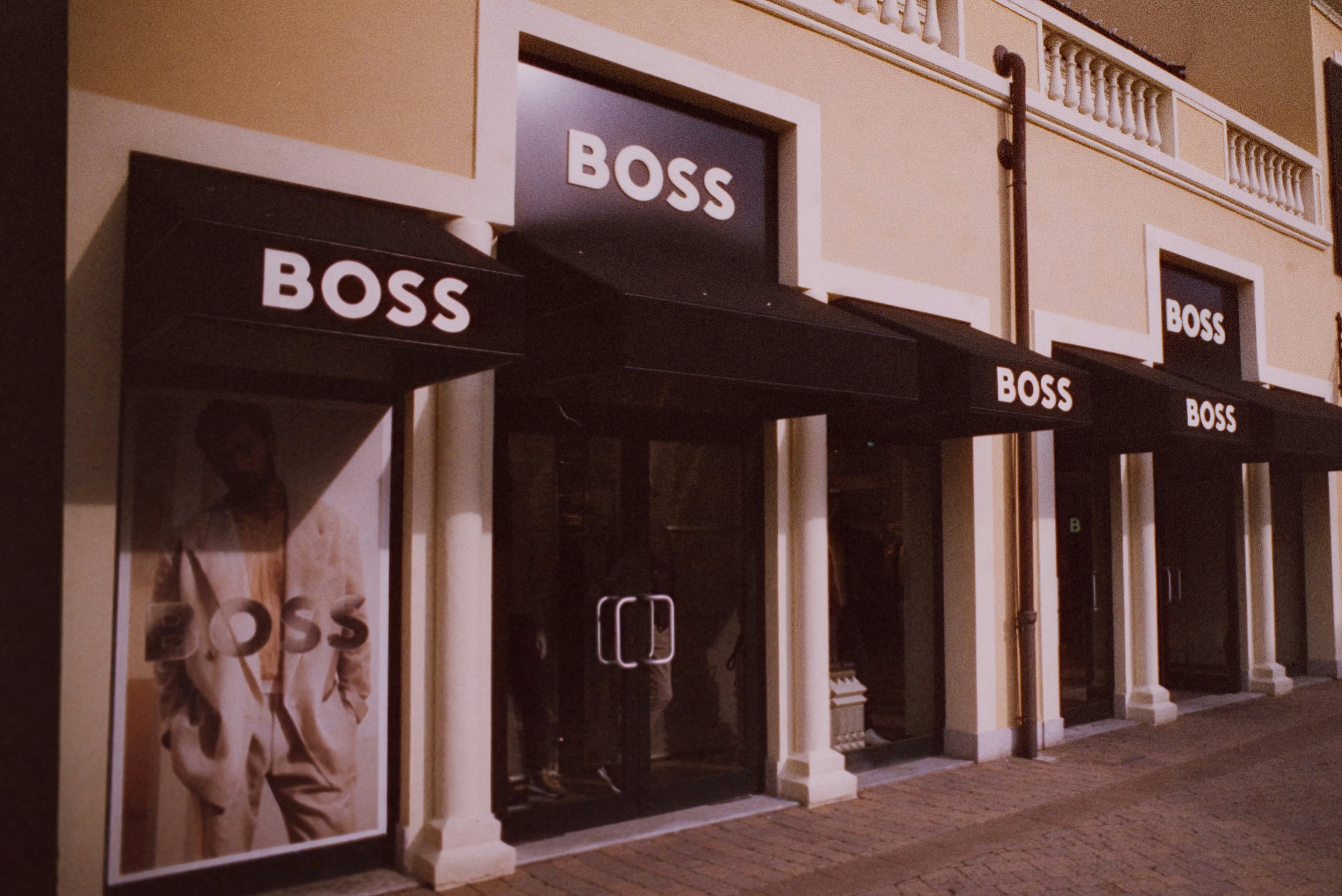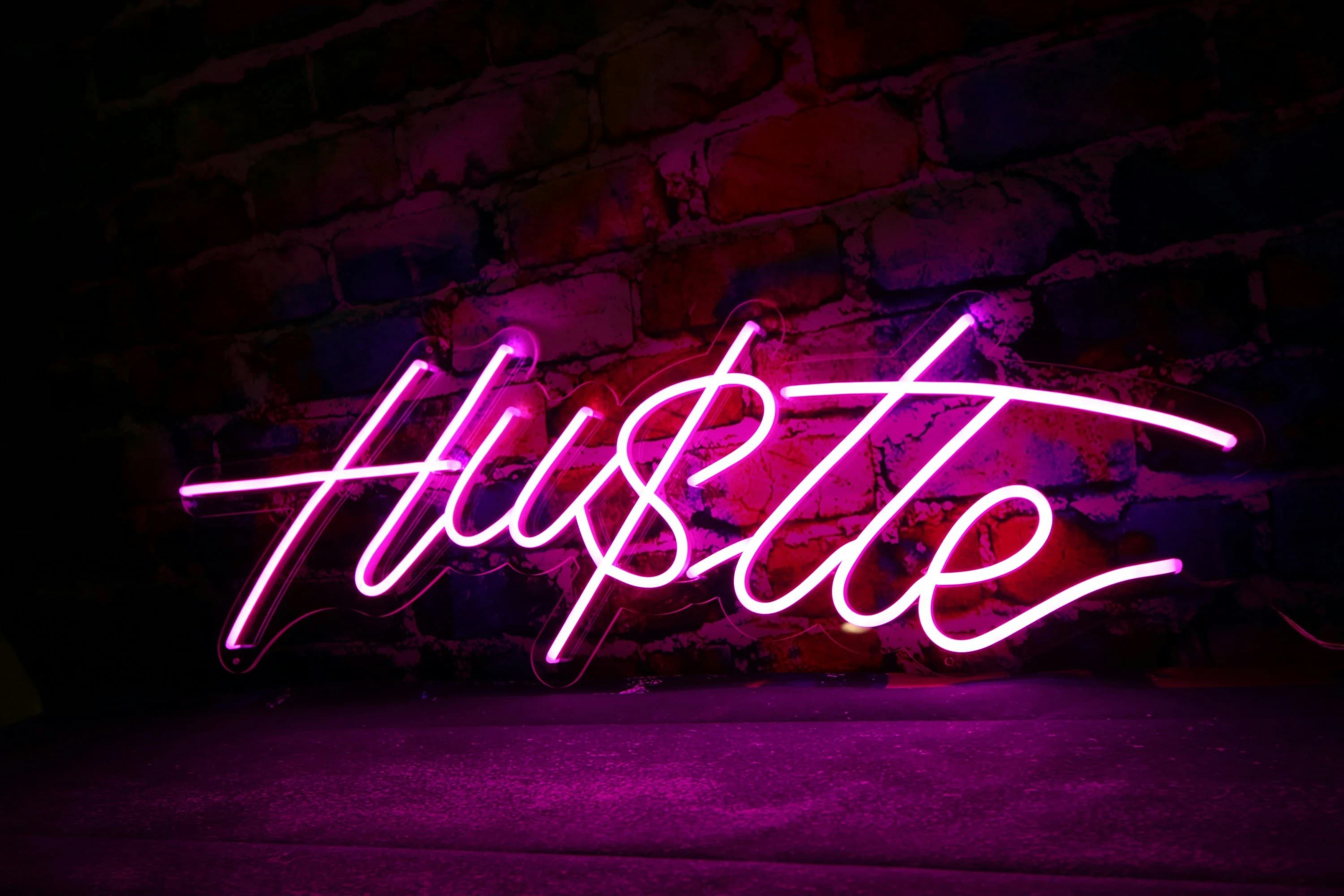Making Your Bank Account Work For You, Not Against You

Most of us have a checking or savings account, but we rarely stop to think about how our banking choices actually affect our bottom line. Getting smart about how banks operate can save you a surprising amount of cash. The truth is, your current banking setup and habits might be costing you more than you realize, especially if you're running a and need to watch every dollar.
Good banking habits are a bit like a in themselves; the money you save is just as valuable as the money you earn. This is particularly true for anyone managing their own books, making a critical skill to develop.
Choosing Between a Bank and a Credit Union
When you're picking a financial institution, it really boils down to two things: convenience and cost. Banks have a knack for charging fees for just about everything. You might see flat monthly fees, per-check fees, or charges for falling below a minimum balance. They can also charge for using a live teller, using another bank’s ATM, or even just checking your balance. Bouncing a check, stopping a payment, or using overdraft protection will almost always come with a price tag.
The key is to look at your own habits. Identify what services you use most, compare the fees at a few different places, and pick the one that fits your life without draining your wallet. If you're constantly pulling cash from an ATM, a bank with high ATM fees is obviously not for you.
Don't forget to consider a credit union. The main difference is ownership. Banks are owned by investors, but credit unions are nonprofit organizations owned by their customers, who are called members. This structure means they often return surplus earnings to you through lower interest rates on loans, higher rates on deposits, and fewer fees. Strong often starts with choosing the right institution.
The Golden Rule: Look for Insurance
No matter what you choose, the absolute most important requirement is that it’s insured by the U.S. government. This is non-negotiable. For banks, this is done by the Federal Deposit Insurance Corporation (FDIC). For credit unions, it’s the National Credit Union Association (NCUA). This insurance protects your money up to $250,000 per depositor, per institution.
You can actually insure much more than $250,000 at a single bank through smart account structuring. For example, a married couple could have:
- $250,000 in an account for one spouse
- $250,000 in an account for the other spouse
- $500,000 in a joint account
- $250,000 in a trust for the first spouse
- $250,000 in a trust for the second spouse
- Separate protection for IRA accounts
That’s a total of $1.5 million protected at just one bank. You can easily verify if an institution is insured by visiting the FDIC or NCUA websites.
The Shift to Online Banking
Online banking gives you the power to manage your money from anywhere, anytime. You can see all your transactions, transfer funds, and pay bills right from your computer or phone. Many banks will even email you alerts when your balance drops below a certain point.
The biggest draws are convenience and better rates. Online savings accounts burst onto the scene offering much higher interest rates than traditional banks, and many now come with features like checks and ATM cards. Most large banks offer secure online access for free, and many include free online bill-pay, though some might require a minimum balance.
Even if you don't fully bank online, you can use technology to simplify things. Setting up automatic debits for your bills or direct deposit for your paycheck saves time and makes your money available faster.
Is Online Banking Safe?
Believe it or not, banking online is generally safer than traditional methods. There’s less room for human error and fraud when things are electronic. Every transaction is tracked, making it tougher for scammers.
Staying safe just requires some common sense. The most common scam is “phishing,” where you get a fake email from your “bank” asking you to update your information on a fraudulent website. The rule is simple: never click the link. If you think there might be a real issue, call the bank using a phone number you know is legitimate.
Some people avoid online banking out of security fears, but the reality is that your account information is already online. It's better to take control of it yourself. Keep your computer protected with antivirus and firewall software, and be wary of suspicious emails and attachments.
Cutting Down on Hidden Banking Costs
Banks are masters at charging fees you might not even notice. Overdraft charges, minimum balance fees, and ATM surcharges can quietly eat away at your savings. You also have to consider opportunity costs. For example, the money you keep in a non-interest-bearing checking account just to avoid a $7 monthly fee might have earned you more than $7 if it were sitting in a high-yield savings account.
Another easy win is check printing. Instead of paying your bank $25-$50 for a box of checks, you can often order them from a discounter for under $8. It’s a small change, but it adds up. For anyone trying to start a , these small savings are crucial.
Overdraft Protection Is Not Your Friend
Overdraft protection sounds like a helpful safety net, but it can be incredibly expensive. When you overdraw your account, the bank might cover it with a line of credit that has an interest rate double that of a typical credit card. On top of that, you’ll likely pay a fee every time this service is used.
If the overdraft is linked to your credit card, it’s treated as a cash advance. That means you pay a cash advance fee, the bank’s transaction fee, and a high interest rate until it's paid off. A single bounced check can cost you $20 to $35, and it often leads to a cascade of other bounced checks, quickly racking up over $100 in fees. Simply keeping a rough tally of your transactions can help you avoid this costly mistake.
Escaping the ATM Fee Trap
ATMs are huge moneymakers for banks. Using an out-of-network ATM is a costly convenience. Imagine you withdraw $20. The ATM owner might charge you $1.50, and then your own bank adds a $3.00 surcharge. You just paid $4.50—a 22.5% fee—to access your own money.
To avoid these fees:
- Choose a bank with a large ATM network.
- Plan ahead and withdraw larger amounts less frequently.
- Get cash back at the register when you use your debit card at a store.
- Avoid ATMs in high-cost locations like convenience stores, hotels, and airports.
Understanding Your Debit Card
A debit card, or check card, lets you make purchases by pulling money directly from your checking account. An “online” debit card requires a PIN and deducts the money instantly. A “deferred” debit card has a Visa or MasterCard logo, requires a signature, and the money comes out a few days later.
PIN-based cards are safer. A thief can forge your signature, but they can’t use your card without the PIN. While Visa and MasterCard offer some protections on their branded debit cards, these are voluntary policies, not law. Unlike credit cards, you don’t have the legal right to withhold payment for a faulty product purchased with a debit card. For this reason, it's wise to avoid using debit cards for large purchases or online shopping.
Where Should You Keep Your Cash?
For money you need to access quickly, like an emergency fund, a standard checking account isn't ideal because it’s too easy to spend and earns little to no interest. A savings account is better, but the interest rates may not even keep up with inflation.
Here are some better options:
- These often pay much higher interest rates with no minimum balance requirements.
- Offered by most banks, these are FDIC-insured and pay slightly more than traditional savings accounts, though they usually require a minimum balance of around $1,000.
- You loan the bank money for a set term in exchange for a guaranteed interest rate. The longer the term, the higher the rate, but you'll face a penalty if you withdraw the money early.








